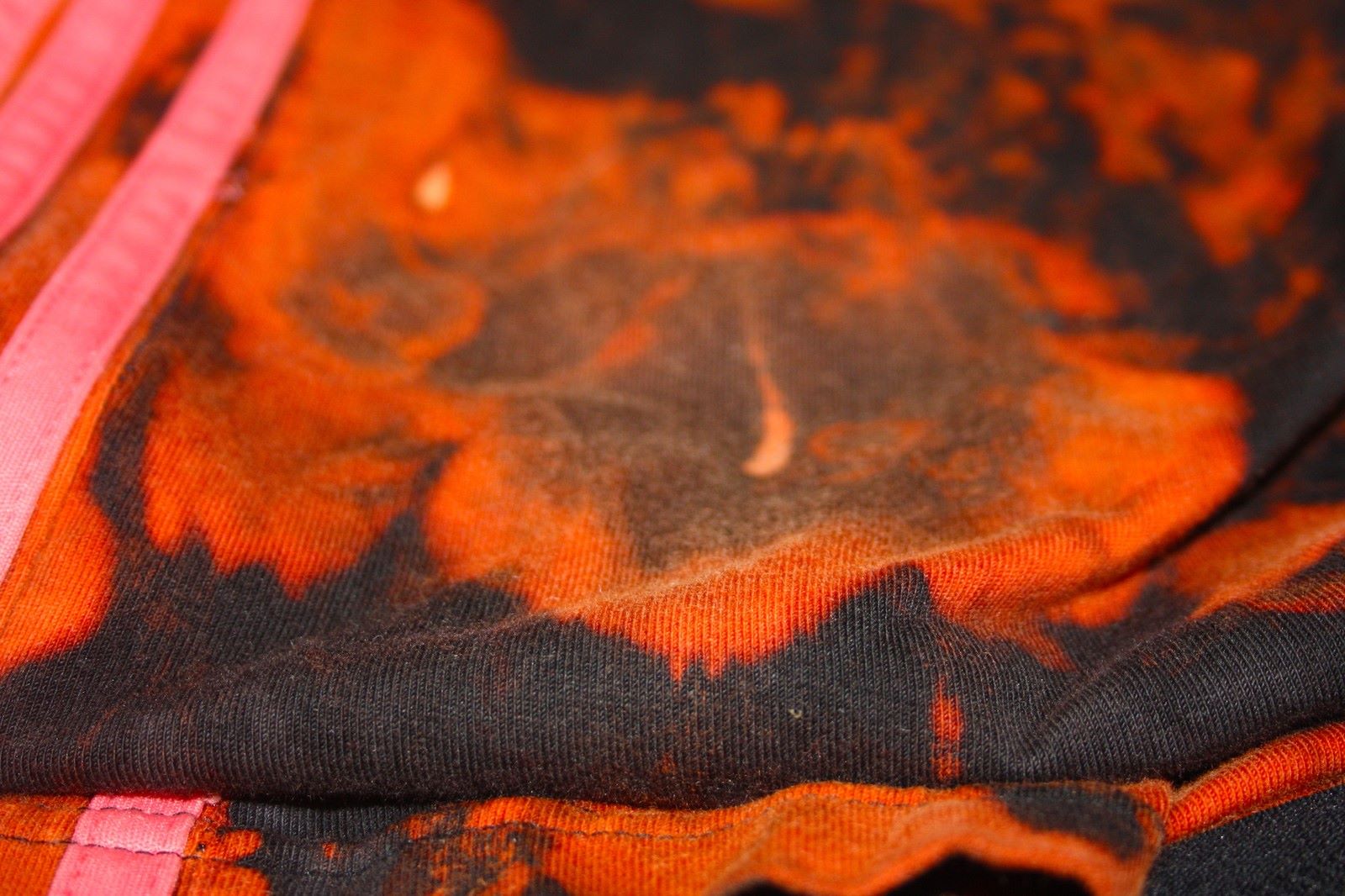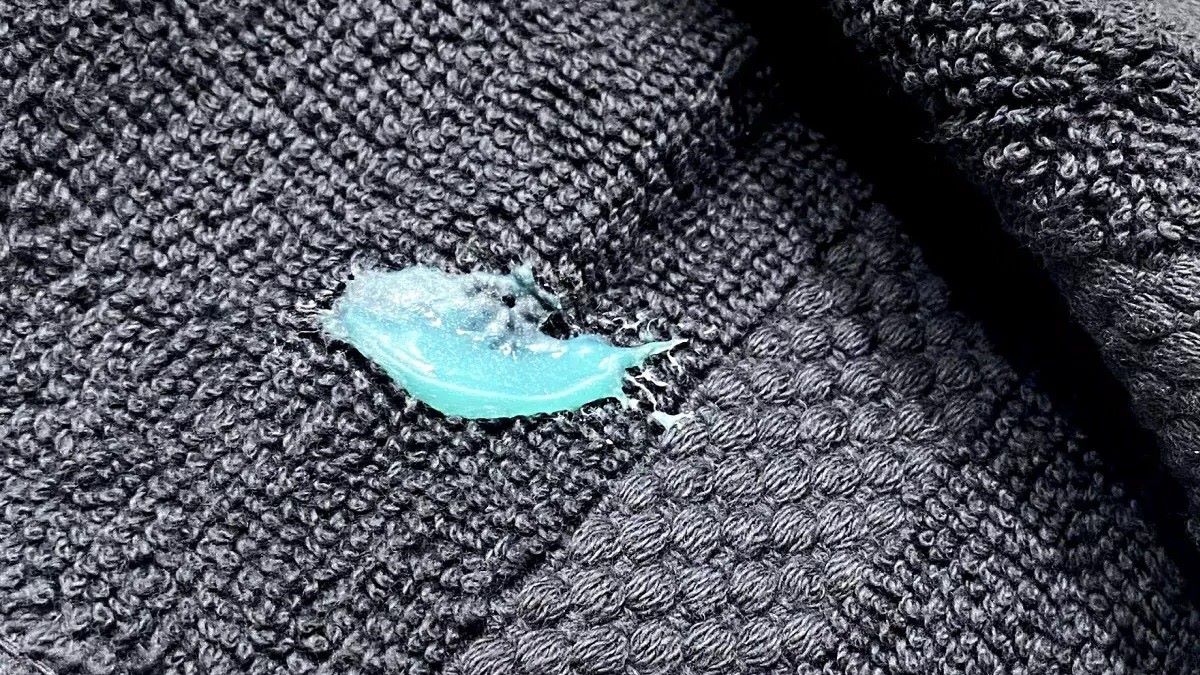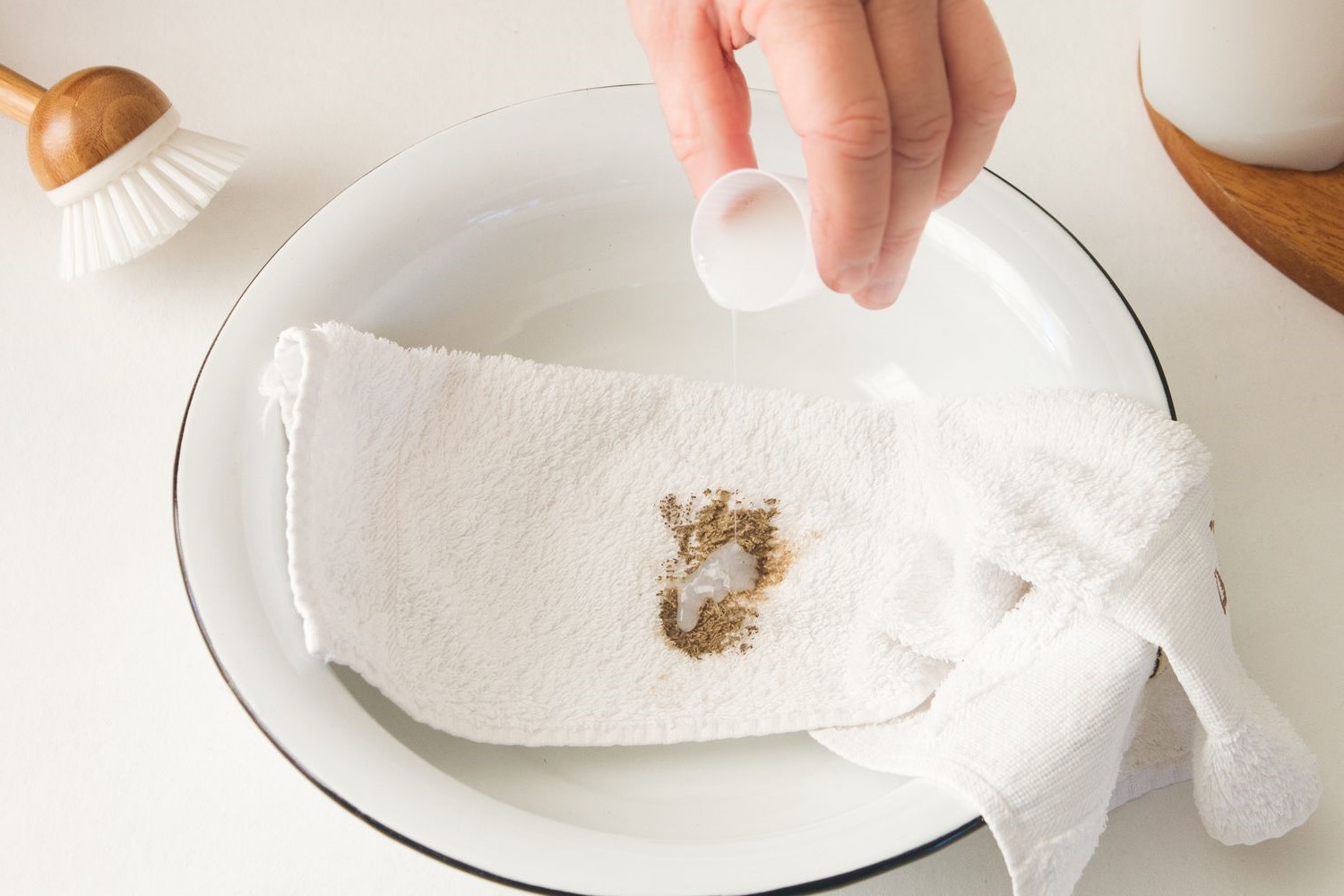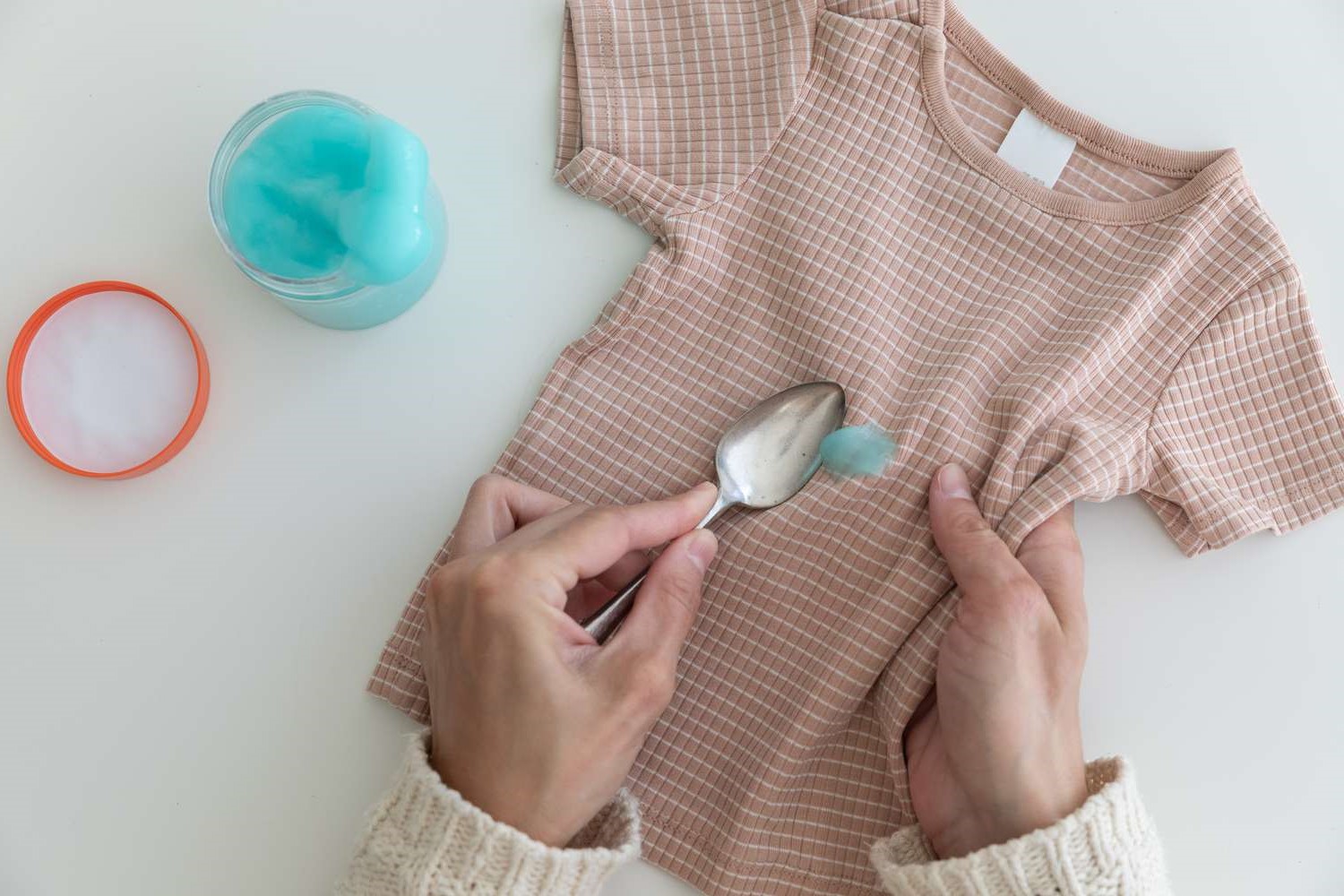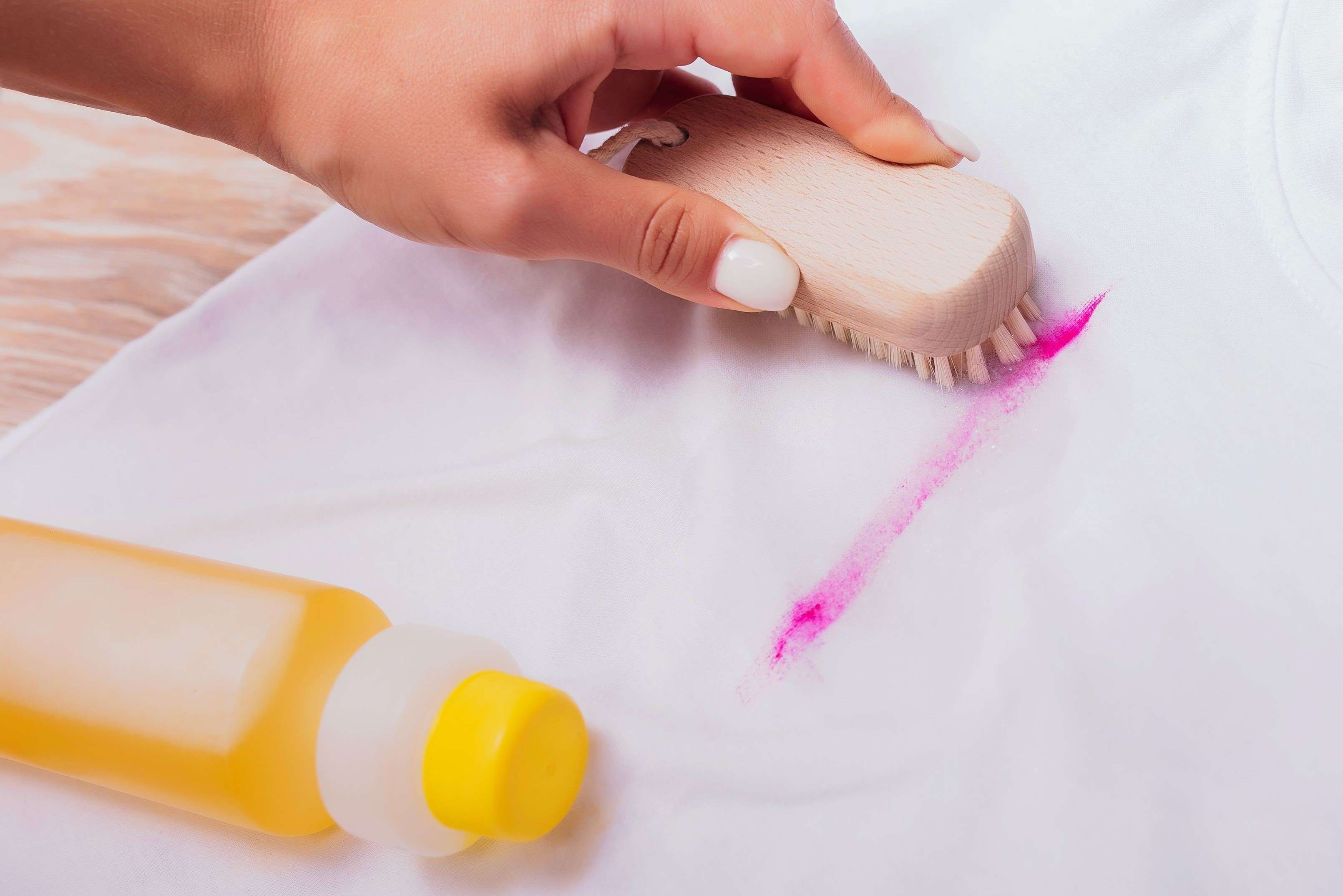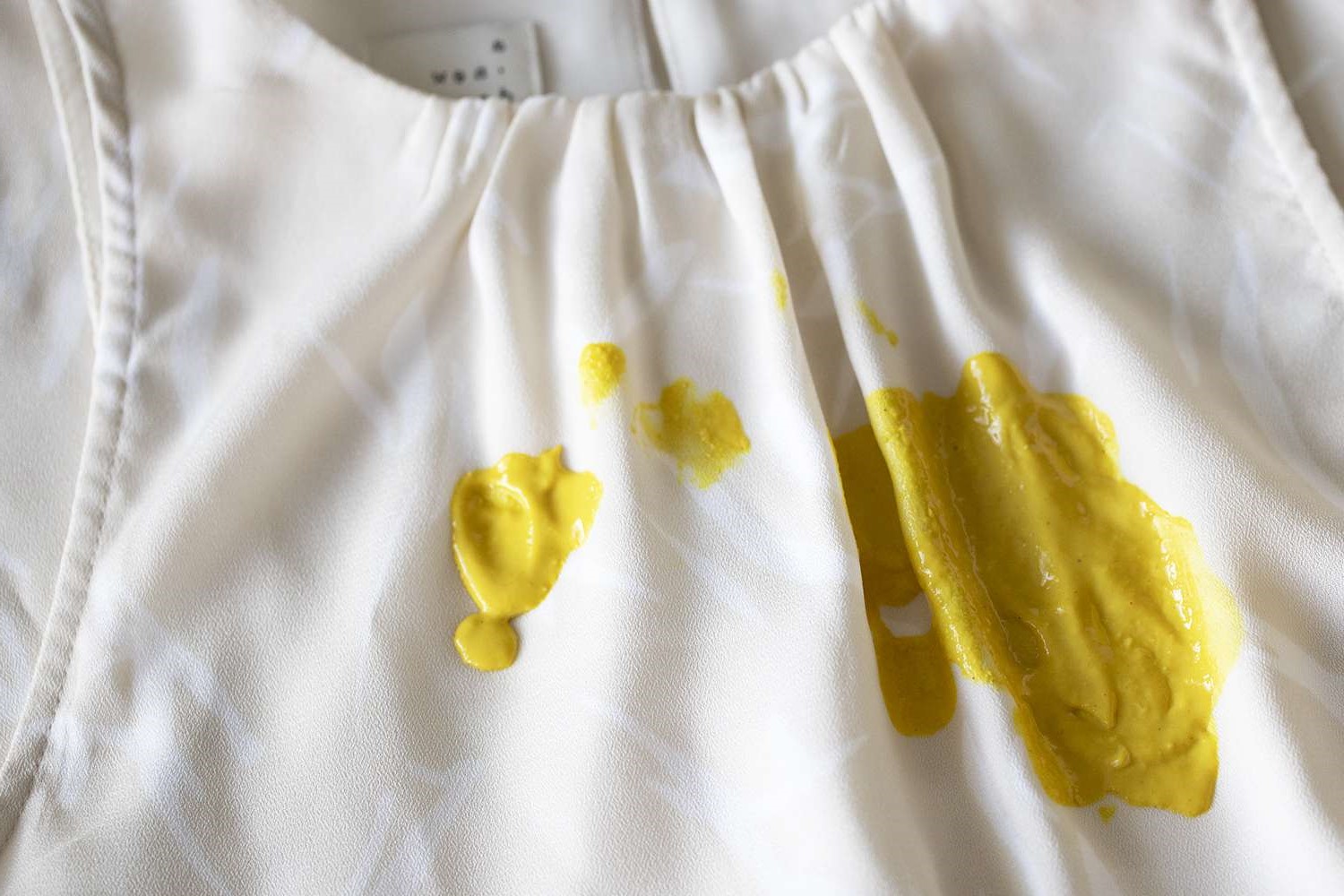Home>Home and Garden>How To Get Detergent Stains Out Of Clothes


Home and Garden
How To Get Detergent Stains Out Of Clothes
Published: March 6, 2024
Learn effective methods for removing detergent stains from clothes with simple home and garden solutions. Keep your wardrobe looking fresh and clean!
(Many of the links in this article redirect to a specific reviewed product. Your purchase of these products through affiliate links helps to generate commission for Noodls.com, at no extra cost. Learn more)
Table of Contents
Introduction
Dealing with detergent stains on clothes can be a frustrating experience. Whether it's a splash of liquid detergent or a powdery residue, these stains can detract from the appearance of your favorite garments. However, with the right techniques and a bit of know-how, you can effectively remove detergent stains and restore your clothing to its pristine condition.
Understanding the nature of detergent stains and the fabrics they affect is crucial in effectively addressing this issue. Different types of detergents, such as liquid, powder, or pods, can leave distinct marks on clothing, and the composition of the fabric plays a significant role in how the stain should be treated. By gaining insight into these factors, you can tailor your stain removal approach to suit the specific needs of your garments.
In this comprehensive guide, we will explore the various methods for pre-treating and washing clothes to eliminate detergent stains. Additionally, we will provide valuable tips for tackling stubborn stains that may require extra attention. By following these techniques, you can bid farewell to unsightly detergent stains and preserve the quality of your wardrobe.
Let's delve into the world of detergent stain removal and equip ourselves with the knowledge and strategies needed to conquer this common laundry challenge.
Read more: How To Get Stain Out Of Polyester
Understanding Detergent Stains
Detergent stains can manifest in various forms, depending on the type of detergent used and the fabric it comes into contact with. Liquid detergents may leave behind oily or greasy marks, while powdered varieties can create powdery residues on clothing. Additionally, detergent pods, with their concentrated formulas, may lead to concentrated stains if not properly dissolved during the washing process.
When it comes to fabrics, different materials react differently to detergent stains. For instance, delicate fabrics such as silk and wool are particularly sensitive to the alkaline nature of many detergents, which can result in discoloration or damage if not treated promptly and correctly. On the other hand, sturdy fabrics like cotton and polyester may be more resilient to detergent stains, but they are not immune to the unsightly marks left behind.
Understanding the composition of the detergent and the fabric is essential for effective stain removal. Liquid detergents often contain surfactants and enzymes designed to break down and lift stains from fabric fibers. However, if not rinsed thoroughly, these components can leave behind visible residues. Powdered detergents, while effective in cleaning, can leave white streaks or spots if not fully dissolved during the washing process.
Furthermore, the temperature of the water used during washing can impact the appearance of detergent stains. Hot water can cause stains to set into the fabric, making them more challenging to remove. Conversely, cold water may not effectively dissolve powdered detergents, leading to residue buildup on clothing.
In summary, the nature of detergent stains is influenced by the type of detergent used, the fabric it comes into contact with, and the washing conditions. By gaining a deeper understanding of these factors, you can tailor your stain removal approach to effectively address the specific characteristics of the stains on your clothing.
Pre-Treating Detergent Stains
Pre-treating detergent stains is a crucial step in the stain removal process, as it helps to break down and lift the stubborn marks before the garment undergoes a regular wash cycle. By employing targeted pre-treatment techniques, you can effectively combat detergent stains and prevent them from setting further into the fabric.
Assessing the Stain
Before initiating the pre-treatment process, it's essential to assess the nature of the detergent stain. For liquid detergent stains, which often result in greasy or oily marks, it's advisable to blot the area with a clean cloth to absorb any excess liquid. On the other hand, powdered detergent residues may require gentle brushing or shaking to dislodge the visible particles from the fabric's surface.
Pre-Treatment Methods
1. Liquid Detergent Stains
For garments affected by liquid detergent stains, applying a small amount of liquid dish soap or laundry detergent directly onto the affected area can help break down the greasy residue. Gently massaging the pre-treatment solution into the stain and allowing it to sit for a few minutes can effectively loosen the mark before washing.
2. Powdered Detergent Residues
In the case of powdered detergent residues, gently brushing the affected area with a soft-bristled brush or shaking the garment to dislodge the visible particles is a recommended pre-treatment method. This helps to remove the superficial residue before the garment undergoes a thorough wash.
Read more: How To Get Butter Out Of Clothes
Enzyme-Based Stain Removers
Utilizing enzyme-based stain removers can be particularly effective in pre-treating detergent stains, especially for stubborn or set-in marks. Enzymes work to break down the chemical components of the stain, making it easier to lift from the fabric during the washing process. Applying a small amount of enzyme-based stain remover to the affected area and allowing it to penetrate the fabric for a specified duration can significantly enhance the stain removal process.
Fabric-Specific Considerations
When pre-treating detergent stains, it's crucial to consider the specific requirements of the fabric. Delicate fabrics such as silk and wool may necessitate gentler pre-treatment methods to prevent damage, while robust fabrics like cotton and polyester can withstand more vigorous pre-treatment techniques.
By implementing these pre-treatment strategies tailored to the type of detergent stain and fabric involved, you can effectively prepare the garment for the subsequent washing and rinsing process, ensuring that the detergent stains are thoroughly addressed.
Remember, the key to successful pre-treatment lies in understanding the nature of the stain and selecting the appropriate methods to effectively prepare the garment for the stain removal process.
Washing and Rinsing
After pre-treating the detergent stains, the next crucial step is to wash and rinse the garments effectively to ensure the complete removal of the stubborn marks. Proper washing and rinsing techniques play a pivotal role in restoring the garments to their pristine condition, free from any lingering detergent residues.
Selecting the Appropriate Wash Cycle
Choosing the right wash cycle is essential to ensure that the detergent stains are effectively lifted from the fabric. For most garments, a regular or delicate wash cycle, depending on the fabric type, is suitable for addressing detergent stains. It's important to follow the care label instructions on the garment to determine the appropriate wash cycle and water temperature.
Read more: How To Get Sap Out Of Clothes
Using the Correct Water Temperature
The water temperature used during the wash cycle can significantly impact the removal of detergent stains. In general, warm water is effective in dissolving and removing liquid detergent residues, while cold water can prevent powdered detergent from setting further into the fabric. However, it's crucial to adhere to the garment's care instructions, as certain fabrics may require specific water temperatures to prevent damage.
Employing Quality Detergents
Selecting a high-quality detergent that aligns with the fabric's requirements is essential for achieving optimal stain removal. For liquid detergent stains, using a liquid laundry detergent with powerful stain-fighting properties can aid in lifting the greasy marks. Similarly, for powdered detergent residues, a quality powdered detergent designed to dissolve thoroughly in water is crucial to prevent residue buildup on the garments.
Rinsing Thoroughly
Thorough rinsing is paramount to ensure that all traces of the detergent and pre-treatment solutions are completely removed from the fabric. Inadequate rinsing can lead to the formation of new stains or the reactivation of residual detergent, compromising the cleanliness of the garments. Therefore, running an additional rinse cycle or ensuring that the garments are thoroughly rinsed under running water can help eliminate any remaining detergent residues.
Air-Drying or Tumble Drying
Once the washing and rinsing process is complete, it's important to consider the appropriate drying method for the garments. Air-drying the garments in a well-ventilated area can be beneficial, especially for delicate fabrics, as it minimizes the risk of heat-related damage. Alternatively, using a tumble dryer on a low heat setting can expedite the drying process for sturdier fabrics, ensuring that the garments are ready to be worn once again.
By following these washing and rinsing techniques tailored to the specific nature of the detergent stains and fabrics, you can effectively eliminate the unsightly marks and restore your garments to their original, pristine condition. Remember, attention to detail during the washing and rinsing process is key to achieving successful stain removal and preserving the quality of your clothing.
Read more: How To Get A Red Stain Out Of Carpet
Additional Tips for Stubborn Stains
When dealing with particularly stubborn detergent stains that resist conventional pre-treatment and washing methods, additional strategies can be employed to effectively tackle these persistent marks. Here are some valuable tips for addressing stubborn detergent stains:
1. Vinegar Solution
Utilizing a vinegar solution as a pre-treatment method can be highly effective in combating stubborn detergent stains. Mixing equal parts of white vinegar and water and applying the solution to the affected area can help break down and lift the stubborn marks before washing. The acidic nature of vinegar aids in dissolving detergent residues, making it an excellent addition to your stain removal arsenal.
2. Baking Soda Paste
Creating a paste using baking soda and water and applying it to the stubborn detergent stains can work wonders in loosening and lifting the marks. Baking soda's gentle abrasive properties help to dislodge residues from the fabric, making it an ideal solution for addressing persistent stains. Allowing the paste to sit on the stains for a period before washing can enhance its effectiveness.
3. Soaking in Oxygen-Based Bleach
For particularly resilient detergent stains, soaking the affected garments in a solution of oxygen-based bleach can provide a powerful stain-fighting boost. Oxygen-based bleach is safe for most fabrics and can help break down and lift stubborn marks without causing damage. Following the product's instructions for soaking duration and dilution ratios is essential to achieve optimal results.
Read more: How To Get Stains Out Of Car Seats
4. Professional Stain Removal Products
In cases where conventional methods prove ineffective, investing in professional-grade stain removal products designed specifically for detergent stains can be a worthwhile solution. These specialized products often contain potent enzymes and surfactants tailored to combat stubborn detergent residues, offering a comprehensive approach to stain removal.
5. Seeking Professional Assistance
If persistent detergent stains continue to pose a challenge, seeking the expertise of professional dry cleaners or laundry services may be the most viable option. Professional cleaners possess the knowledge, specialized equipment, and stain removal techniques to effectively address even the most stubborn detergent stains, ensuring the restoration of your garments to their pristine condition.
By incorporating these additional tips into your stain removal repertoire, you can enhance your ability to combat stubborn detergent stains and revitalize your clothing with confidence. Remember, persistence and the application of targeted stain removal techniques are key to conquering even the most resilient detergent stains.
These additional tips provide valuable insights into addressing stubborn detergent stains, empowering you to effectively combat these challenging marks and preserve the quality of your garments.
Conclusion
In conclusion, conquering detergent stains on clothing requires a combination of understanding, precision, and effective stain removal techniques. By delving into the intricacies of detergent stains and the fabrics they affect, we gain valuable insights that inform our approach to stain removal. Whether it's pre-treating liquid detergent stains with targeted solutions or employing specialized methods to combat stubborn residues, the journey to pristine garments is marked by attention to detail and a commitment to preserving the quality of our clothing.
As we navigate the realm of pre-treatment, washing, and rinsing, we discover the significance of tailored strategies that align with the specific nature of detergent stains and fabrics. The careful selection of wash cycles, water temperatures, and quality detergents becomes pivotal in ensuring the complete removal of stains, restoring our garments to their original state of cleanliness. Furthermore, the consideration of appropriate drying methods underscores our dedication to safeguarding the integrity of delicate fabrics while achieving optimal stain removal results.
In our quest to address stubborn detergent stains, we uncover a range of additional tips and techniques that serve as valuable allies in the battle against resilient marks. From the use of vinegar solutions and baking soda pastes to the soaking of garments in oxygen-based bleach, these supplementary strategies empower us to confront even the most persistent stains with confidence. Moreover, the option of seeking professional assistance underscores the importance of leveraging expertise and specialized resources to overcome challenging stains, ensuring that our garments receive the meticulous care they deserve.
Ultimately, the journey to removing detergent stains from clothing is a testament to our dedication to preserving the appearance and longevity of our wardrobe. It is a journey marked by knowledge, adaptability, and a commitment to excellence in stain removal. By embracing the insights and techniques shared in this guide, we equip ourselves with the tools needed to conquer detergent stains and elevate the care of our clothing to new heights.
As we bid farewell to unsightly detergent stains, we embark on a path that celebrates the resilience and beauty of our garments, ensuring that they continue to adorn us with pride and confidence. With each successful stain removal, we reaffirm our dedication to the art of caring for our clothing, enriching our lives with the joy of well-maintained, pristine garments.


